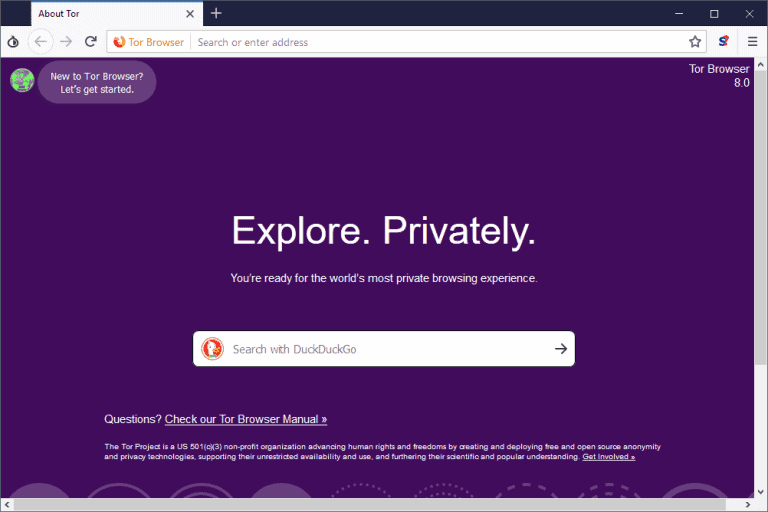
Many people use the Tor network to access the dark web. No one knows the size of the dark web, but most experts estimate it to be about 5% of the total internet. That’s why search engines don’t index material that’s on the dark web, and content there can only be discovered with search engines and browsers specifically designed to excavate these hidden sites. On the other hand, the dark web is a small subsection of the deep web.

Moreover, about 60% of all listings (excluding those selling drugs) can potentially harm enterprises. Michael McGuire conducted a study, Into the Web of Profit, which found that dark web listings that could harm an enterprise have risen by 20% since 2016. Recently, people have started identifying the dark web as the hotbed of criminal activity, and there’s a reason for that. While some users use it to evade censorship, others use it for illegal activities.

The whole point of the dark web is to keep internet activity anonymous and private, which can be for both legal and illegal purposes.

For instance, if you set up a private and secure network with a group of friends that isn’t accessible by normal internet browsers, it’ll be an example of a darknet. The dark web refers to a collection of hidden sites that aren’t indexed by search engines and can only be accessed through special authorization, browsers, or software.Īs the name suggests, the dark web doesn’t refer to a specific site or page-it’s a type of network called a darknet. This Nira guide will explore the murky waters of the dark web to help you understand what it is, how to access it, and what to expect. The dark web lives on the darknet, a part of the internet accessible only to specific browsers or through special network configurations that provide user anonymity. We often associate the dark web with something ominous and illegal, and not without reason.


 0 kommentar(er)
0 kommentar(er)
